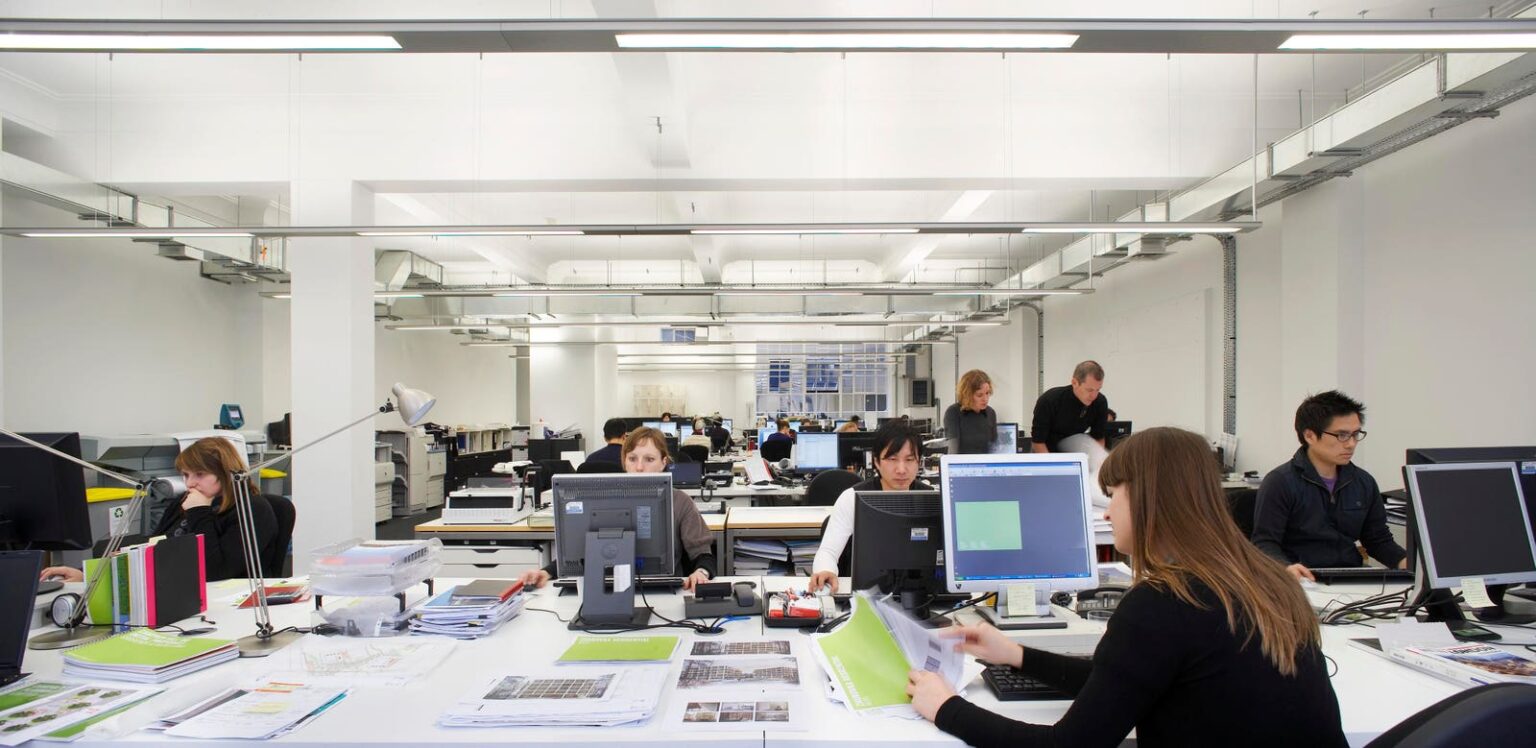As the economy holds its breath to see what the impact of new economic policies in the current administration, some sectors of the labor market are already facing changes from rapidly increasing technological integration. The advent of ChatGPT and other generative AI has the potential to shift not what jobs grow and shrink, but also how tasks are done within jobs. As consumers, many have experienced the frustrating chat bots instead of customer service, and as teachers, parents, or students, we’ve seen how these tools can help or harm education. And as workers, we are forced to face how generative AI can adopt different functions of our jobs for better or worse. Aneesh Raman of LinkedIn recently wrote in The New York Times that the adoption of AI is already having impacts on the early career trajectories of young workers entering the labor market after college. Another group of workers appears to already being hit by the adoption of new technologies: women office workers.
Recent data from the Bureau of Labor Statisticsreleased last week are shedding light on those early changes and how segregation in the labor market will shape winners and losers. For over one year, there have been striking changes to the Professional and Business Services industry, which includes legal services, accounting, office administration, clerical work, and lots of other jobs that support the operations of companies. Every single month, women’s employment has declined in this supersector, while men’s employment has fluctuated month-to-month but grown year-over-year. Since April 2024, women have lost a total of 165,000 jobs in this sector while men have gained 134,000 jobs.
Some of this stark disparity is explained by which jobs are more likely to be done by women and which are more likely to be done by men even within the same industries. For example, design services, like graphic designers, decreased by 1.2% in April, and women are a slight majority at 59%. The Bureau of Labor Statistics is predicting a shrinking of all office and administrative support positions over the next decade. Seventy percent of these jobs are done by women. As women’s jobs are displaced, there could be long-term risks to their careers since women are less likely to be reemployed when displaced compared to men.
But this is not all a foregone conclusion for women looking into the future of work, or even in the nearer-future of a downturn. Generative AI also has the potential to improve jobs where women have also dominated and where supportive tools provided by these technologies can improve the services provided. For example, in education, teachers can get support with generating lesson plans and exams, giving them time to focus on direct instruction with students. In healthcare, artificial intelligence tools can streamline the management of care that is provided by teams. As my colleague Afet Dundar at the Institute for Women’s Policy Research has noted in our In The Lead blog, the potential of generative AI relies on giving people the skills to work productively with AI rather than being replaced by it.
And focusing on the industries that can be improved by technological integration, like education and healthcare, gives women opportunities to balance recent losses in other sectors. Women have gained 645,000 jobs in the Education and Health Services industry over the same period. Following the job statistics published by the Bureau of Labor Statistics each month can guide policymakers as well as industry leaders to make sure these employment shifts can benefit us all through better, upskilled jobs providing better services across society.
Read the full article here


